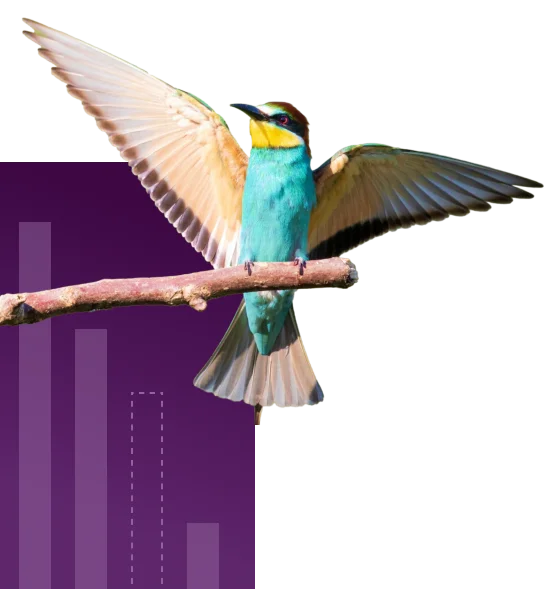Our client offers an AI-powered revenue intelligence platform to multiple Fortune 500 companies across North America, Europe, and Asia Pacific. They help these companies combine their sales workflows with advanced machine learning. Along with that, the client also maintains various research labs that focus on developing new and better algorithms while operating agile product teams that deliver monthly platform updates.
Reason for Collaboration
The client was on a dual-track of innovation, which created some unique complexities of management at a scale. They got in touch with our experts based on our proven ability to address complex, technical portfolio challenges specific to AI-driven SaaS enterprises. Our teams’ prior experience in harmonizing requirements with product roadmaps demonstrated the strategic perspective needed to transform their innovation governance.
Challenges
Product transition gap analysis
The client’s organization had difficulties in bridging the gap between their research fields and product engineering functionalities. There were times when they faced breakthroughs in Python and TensorFlow in ML, and they frequently failed to integrate with Java-based production environments due to their incompatibility with the architectures. This absence of a unified tracking system often resulted in many innovative ideas staying hidden, and the weaker versions being built without realizing how much they lost out on costs.
Technical debt issues
Their years of rapid feature development had resulted in systemic architectural weaknesses. They noticed that their platform contained multiple undocumented feature flags and workarounds that decreased their overall performance and increased maintenance costs. Their engineering department heads somehow faced challenges in objectively prioritizing remediation efforts against new feature developments. Eventually, this resulted in reactive fixes that provided limited value in the long run. This debt burden hugely impacted the company’s competitive release measures.
Regional Compliance Complexity
As they diverged with operations, their data regulations across major markets also diversified. This held them responsible for the maintenance of separate code branches for GDPR, CCPA, and APAC requirements. The challenge arose when there were legal reviews of new features amidst the continuous delivery pipeline. The product teams discovered compliance-related requirements between development cycles or even later, which resulted in costly rework. There was clearly an absence of a centralized tracking mechanism that impacted the overall regulatory overhead costs.
Solutions
Research outcomes optimization plan
For addressing the initial challenge of having a disconnect between the client’s research and product teams. Our team of experts implemented ServiceNow SPM for the client. This not only acted as a bridge between their teams, but it also tracked the machine learning projects from end-to-end. Further, a customized workflow was implemented to validate architectural checkpoints in the early stages of research phase. We implemented ServiceNow’s Innovation Management and Demand Management modules. This, in turn, helped their teams to validate the proper alignment and feasibility of the project before implementation. This enabled data-driven decisions at each stage, along with ensuring that research outcomes are optimized and managed well at scale.
Technical debt quantification system
Using the Project Portfolio Management (PPM) and Agile Development modules, we built a centralized Technical Debt Registry inside ServiceNow that categorized issues based on business impact and complexities during remediation. To support transparency, our team built dashboard visualizations mapping debt clearance efforts to feature enhancement metrics. This enabled prioritization based on data-backed evidence for refactoring efforts alongside new development, with optimal resource allocation.
Regulatory alignment program
Since navigating through a global market with various compliance norms was a challenge, they had. Our implementation included a global compliance hub within SPM (Compliance Management framework within SPM) that centralized regional requirements, along with linking them to specific product components. The automated checklists ensured all the mandatory legal considerations were addressed during the sprint planning sessions rather than post-development. Further, version control integrations maintained audit trails of compliance-related modifications across all markets globally.
Benefits
Here are some of the benefits the client had:
- They experienced enhanced visibility and cost control.
- They accelerated the transition to market their offerings faster.
- They had significantly reduced the technical debt.
- They were able to achieve release parity across the globe with a unified compliance framework.



















